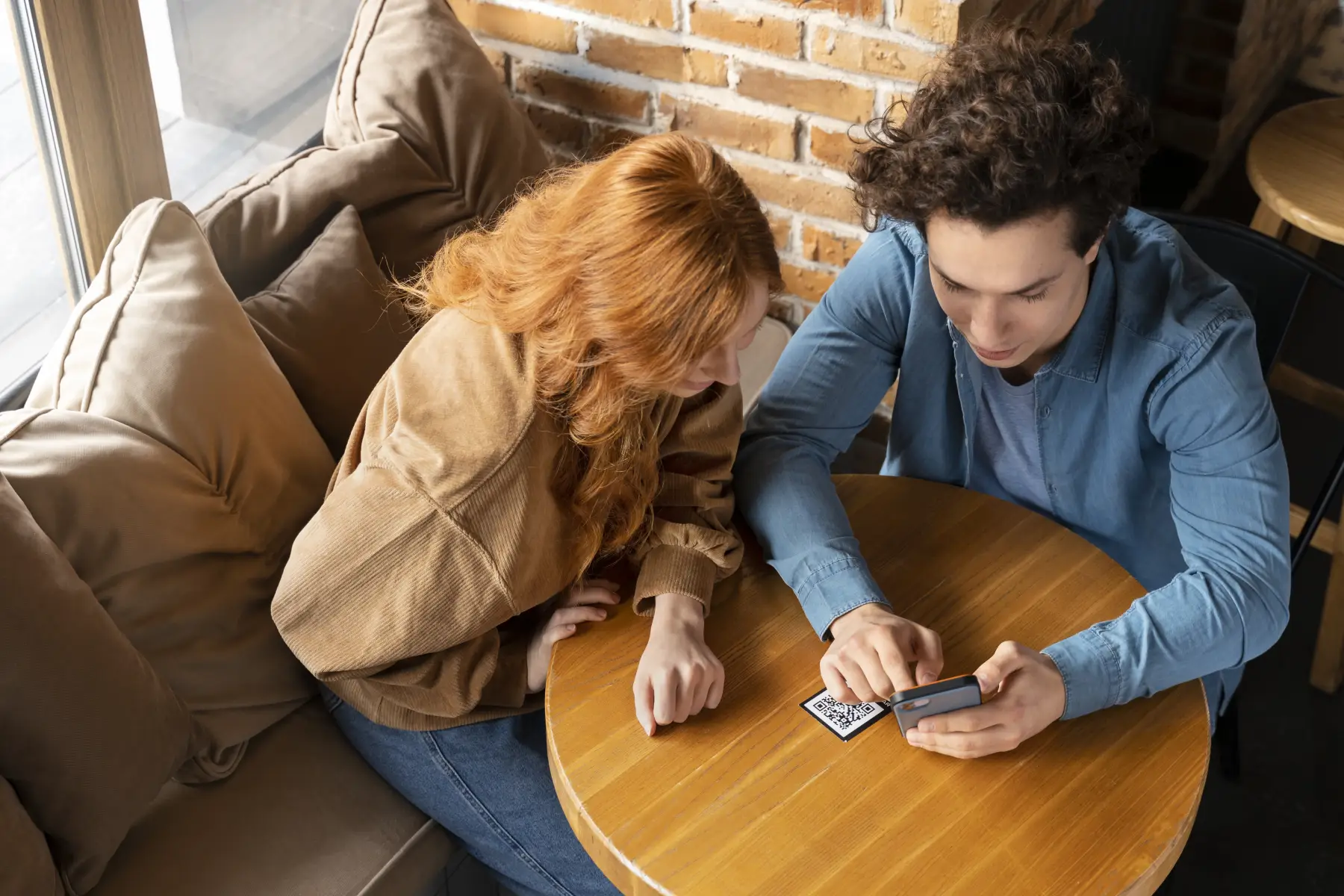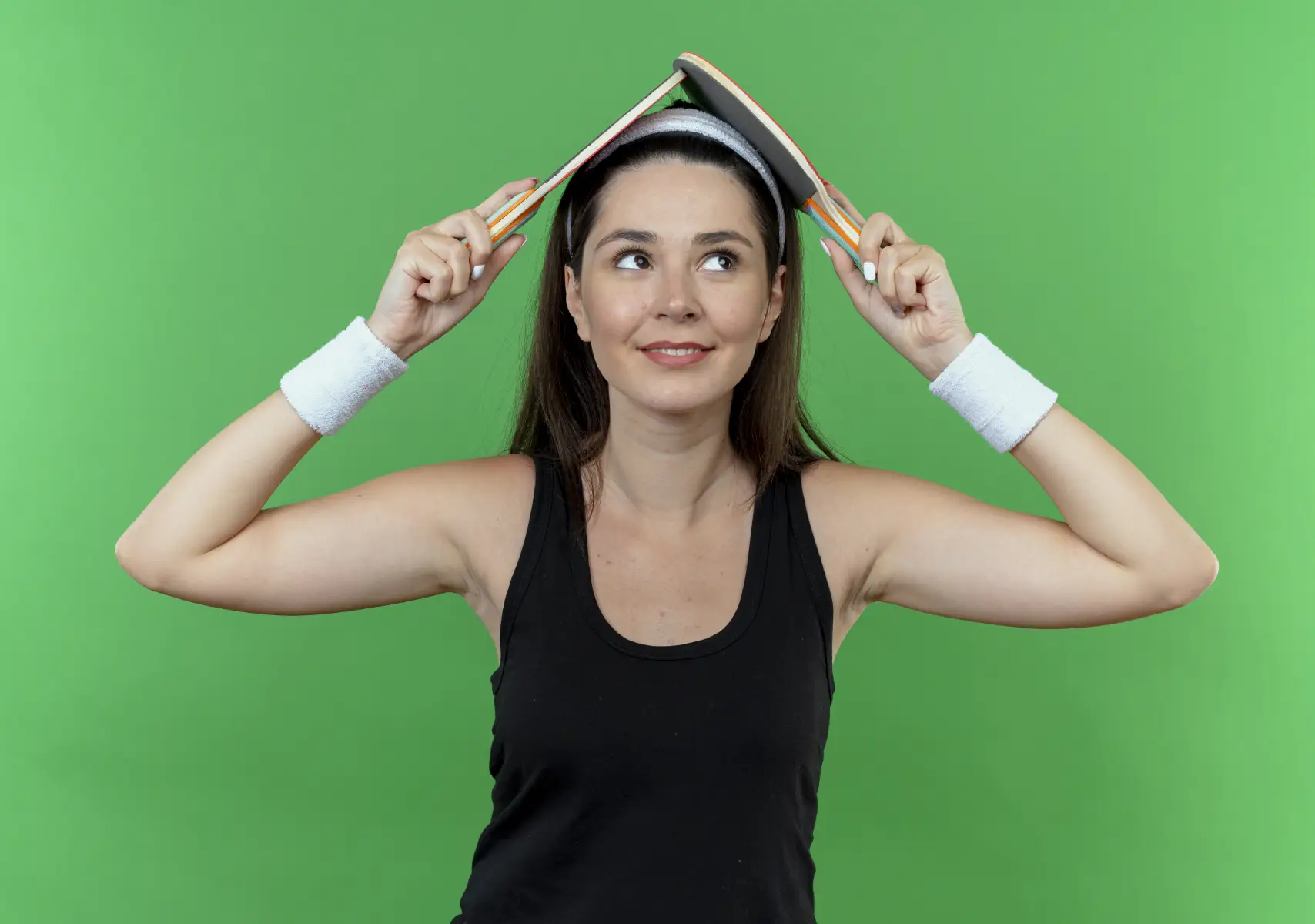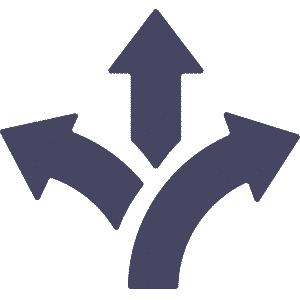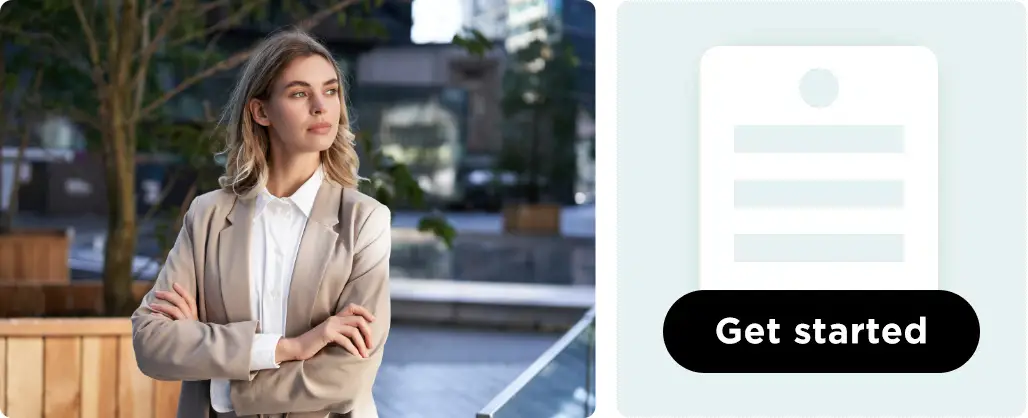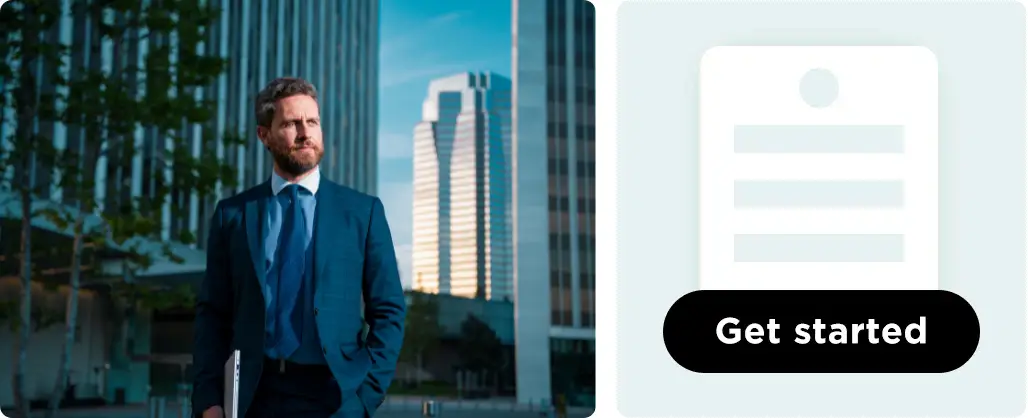Introduction
The era of endless internet access has transformed how we relate to pornography. For most, it’s a private, curiosity-driven activity. For others, especially with the tidal wave of free, accessible content, watching porn can spiral into a struggle marked by secrecy, shame, and a sense of losing control.
If porn is consuming more of your life than you’d like—affecting self-esteem, relationships, concentration, or mental health—you’re not alone. In the UK, research indicates 60-70% of men and 15-30% of women have viewed online porn in the past month (Ofcom, 2023). While only a small fraction meet clinical criteria for addiction, problematic use is common and highly distressing for those affected.
This whitepaper provides a compassionate, research-backed guide to understanding, confronting, and overcoming porn addiction—offering both hope and practical steps for recovery.
What is Porn Addiction?
While “porn addiction” is not an official medical diagnosis in the DSM-5, health professionals increasingly recognise Compulsive Sexual Behaviour Disorder (ICD-11, WHO, 2019), where repetitive porn consumption is the primary behaviour.
Common features include:
- Watching porn for hours, struggling to stop even when wanting to
- Needing more extreme content over time
- Using porn to cope with boredom, stress, loneliness, or negative emotions
- Feeling anxious, ashamed, or guilty after viewing—but quickly returning to the habit
- Failed efforts to quit or reduce use
- Porn interfering with relationships, productivity, sleep, or sexual fulfilment
Unlike healthy sexual exploration, problematic porn use is defined by lost control and unwanted negative impacts.
Causes & Risk Factors
Like many forms of behavioural addiction, porn dependency is complex, involving:
Brain Chemistry
- Viewing sexual imagery triggers dopamine and natural opiates in the brain’s pleasure systems (Voon et al., 2014).
- Ongoing heavy use can desensitise these pathways, pushing you to pursue ever more novel content (“tolerance” effect).
Psychological and Emotional Factors
- Porn often becomes a maladaptive coping strategy for anxiety, low mood, loneliness, or unresolved trauma (Grubbs et al., 2015).
- “Escapism” is a strong motivator, especially during periods of stress or social isolation.
Social and Environmental Factors
- 24/7 availability, secrecy, and social stigma all intensify feelings of shame and habit formation.
- Co-occurring mental health issues (depression, ADHD) can increase vulnerability.
Signs & Symptoms
Possible indicators of problematic porn use include:
- Increasing intensity or frequency of viewing
- Spending more time seeking out porn than intended
- Hiding usage from family or partners
- Declining sexual satisfaction with real-life intimacy
- Neglecting responsibilities, hobbies, or sleep
- Recurrent guilt, distress, or anxiety about use—but being unable to stop
If any of these resonate, know that these are signs of a pattern worth addressing, not of failure or weakness.
Impacts of Porn Addiction
1. Mental Health
- Higher rates of anxiety, depression, low self-worth, and isolation (Kraus et al., 2016)
- Perpetuation of shame/guilt cycles that worsen mood
2. Relationship Strains
- Trust issues with partners due to secrecy
- Reduced physical intimacy or interest in partnered sex
- Unrealistic expectations about sex or bodies
3. Productivity and Daily Function
- Impaired concentration, sleep problems, missed deadlines
- Social withdrawal as viewing takes precedence
4. Sexual Functioning
- Some regular heavy consumers report delayed arousal or erectile issues in real life (“porn-induced ED”)
Academic Evidence & Therapy Approaches
- Cognitive Behavioural Therapy (CBT):
The leading therapy for compulsive porn use (Bőthe et al., 2021). Helps identify triggers, restructure thoughts, and build alternative habits.
- Acceptance and Commitment Therapy (ACT):
Teaches mindfulness during cravings and compassion towards self, lowering shame and automaticity.
- Group Support:
Many find peer support invaluable (Porn Addicts Anonymous, PACE Recovery UK, online forums). Reduces secrecy and builds accountability.
- Couple’s Therapy:
For those in relationships, working with partners on triggers, shame, and boundaries rebuilds intimacy.
- Digital Interventions:
Research supports the use of blocker apps and “digital detoxes” as part of a wider recovery plan.
Actionable Strategies
- Track Triggers and Patterns:
Start a private log of when and why you feel the urge to view porn.
Identify feelings, time of day, and situational triggers.
- Remove Immediate Access:
Use blockers on devices (such as Cold Turkey or Freedom).
Move devices out of bedrooms or high-risk spaces.
- Find Alternative Coping Tools:
Try exercise, creative projects, calling a friend, or mindfulness exercises when you notice urges.
Practice “urge surfing”—observe but delay acting on the urge, allowing it to pass naturally.
- Break Isolation:
Talk to someone supportive or join an online accountability group.
Reducing secrecy lowers shame and “relief cycles.”
- Set Clear, Realistic Goals:
Don’t expect overnight abstinence—gradual reduction is often more sustainable.
Celebrate small victories.
- Address Underlying Issues:
Work on managing stress, anxiety, depression, or loneliness.
Therapeutic support for trauma or co-occurring conditions.
- Strengthen Offline Relationships:
Invest in friendships, hobbies, and physical activity to fill gaps previously occupied by porn.
When and How to Seek Help
Seek help if:
- You repeatedly try to quit but relapse
- Porn use is significantly lowering your mood, self-esteem, or quality of life
- Relationships or health are being harmed
Therapy is confidential, compassionate, and tailored to your needs.
Sessions focus on practical strategies, rebuilding confidence, and exploring underlying causes—without shaming or judging.
Recovery Story (Anonymised)
“I started watching porn for fun as a teen, but by my mid-twenties, it was my main escape from stress. I felt isolated… my relationship struggled. With therapy, I learned to manage my anxiety in other ways, unblock myself from triggers, and stop hiding. Talking openly was hard, but over time I rebuilt my relationship, and sex feels meaningful again.” – (Anon., London)
Resources
Apps and Blockers:
- Cold Turkey, Freedom, Qustodio
Books:
- “Your Brain on Porn” by Gary Wilson
- “The Porn Trap” by Maltz & Maltz
Conclusion
Problematic porn use is nothing to be ashamed of—nor is it something you have to face alone. The brain’s reward system, stress, trauma, or relationship difficulties often fuel unwanted habits, but change is possible. With evidence-based strategies and supportive therapy, you can find relief, restore intimacy, and rediscover control. Reach out. A healthier, happier you is possible.

